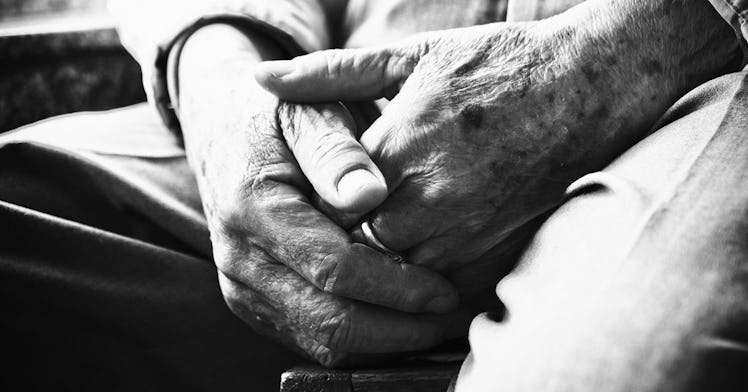US Life Expectancy Sees Biggest Drop Since WWII
Racial and gender gaps in life expectancy also got a lot worse.

Between 2019 and 2020, the average life expectancy of an American fell by a year and a half, from 78.8 years to 77.3 years. It’s the biggest drop since World War II and a clear demonstration of both the severity and the scope of the COVID-19 pandemic, which accounted for close to 74 percent of the negative contribution. Other leading contributors included unintentional injuries, at about 11 percent, and homicide, diabetes, and chronic liver disease, each of which was responsible for roughly two to three percent.
The new CDC report that’s the source of this data also states that more than 3.3 million Americans died last year, by far the most in any single year in American history. Around 11 percent of those deaths, 375,000, were due directly to COVID-19, which was likely an indirect cause of many of the others (e.g. drug overdoses brought on by the anxiety and depression of living during the pandemic and its disruptions).
But while last year wasn’t good for public health overall, it was much worse for Black and Hispanic Americans. Their decrease in life expectancy was a whopping three years, double the general decline.
And since there isn’t any evidence that COVID-19 is inherently more dangerous to certain races, the obvious conclusion is that the social determinants of health—neighborhood and physical environment, health and healthcare, occupation and job conditions, income and wealth, and education—are behind the discrepancy. So while it’s true that COVID-19 was likely to big of a public health challenge to have no effect on the nation’s life expectancy, its severity and inequal effects were worsened by factors that political leaders can influence.
Consider that Black and Hispanic Americans are overrepresented in low-paying jobs that were nevertheless deemed essential during lockdowns, giving them far more potential exposure to the virus than upper middle class office workers, a disproportionately white group, that could hide out at home, making restaurant and grocery orders largely delivered by people of color.
“These groups were getting infected and that has a lot to do with their status in society,” lead report author Elizabeth Arias said in an interview. “You would expect that an infectious disease or pandemic would affect everybody…but it affected populations that are distinguished by race and ethnicity very differently.”
The life expectancy gap between the sexes also worsened, with men losing 1.8 years to women’s 1.2 years. That brings the gap between the sexes to 5.7 years, up from the 5.1 years it was in 2019.
Experts expect life expectancy in the United States to rebound, but not immediately. “We can’t. In 2021, we can’t get back to pre-pandemic” life expectancy said Noreen Goldman, a Princeton University researcher.